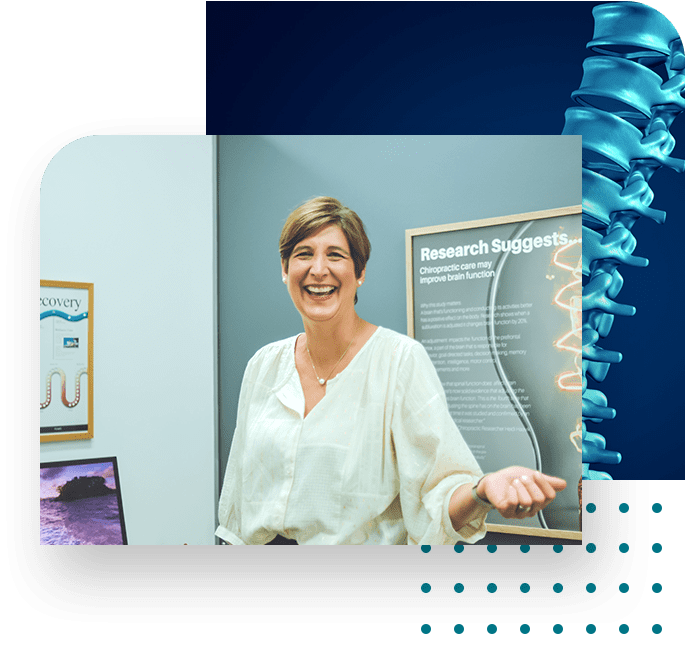Restored heart function and reduced recovery time following a Pulmonary Embolism and induced coma: A case report
While chiropractic research is showing promising results in many fields, from reduced pain to increased performance, we have yet to examine the impact of chiropractic on recovery time after significant injury or health emergency. Recovery following an injury can be difficult to predict and compare between individuals as there are so many factors that go…












